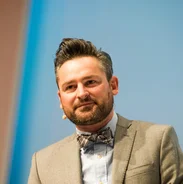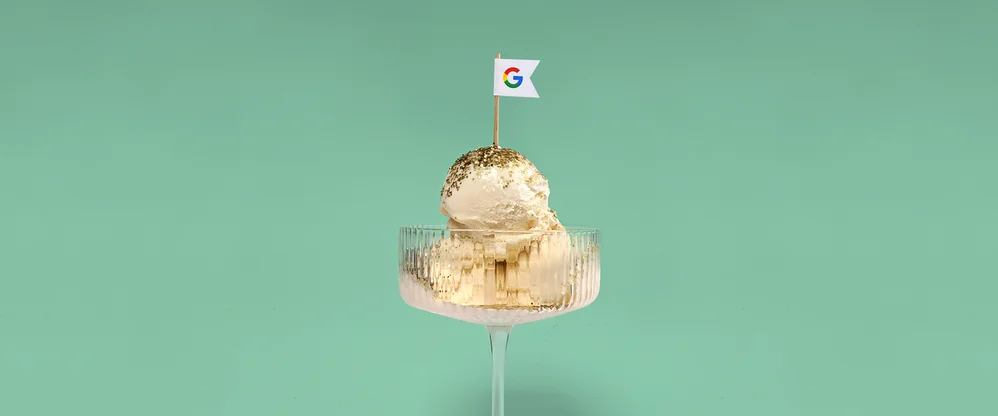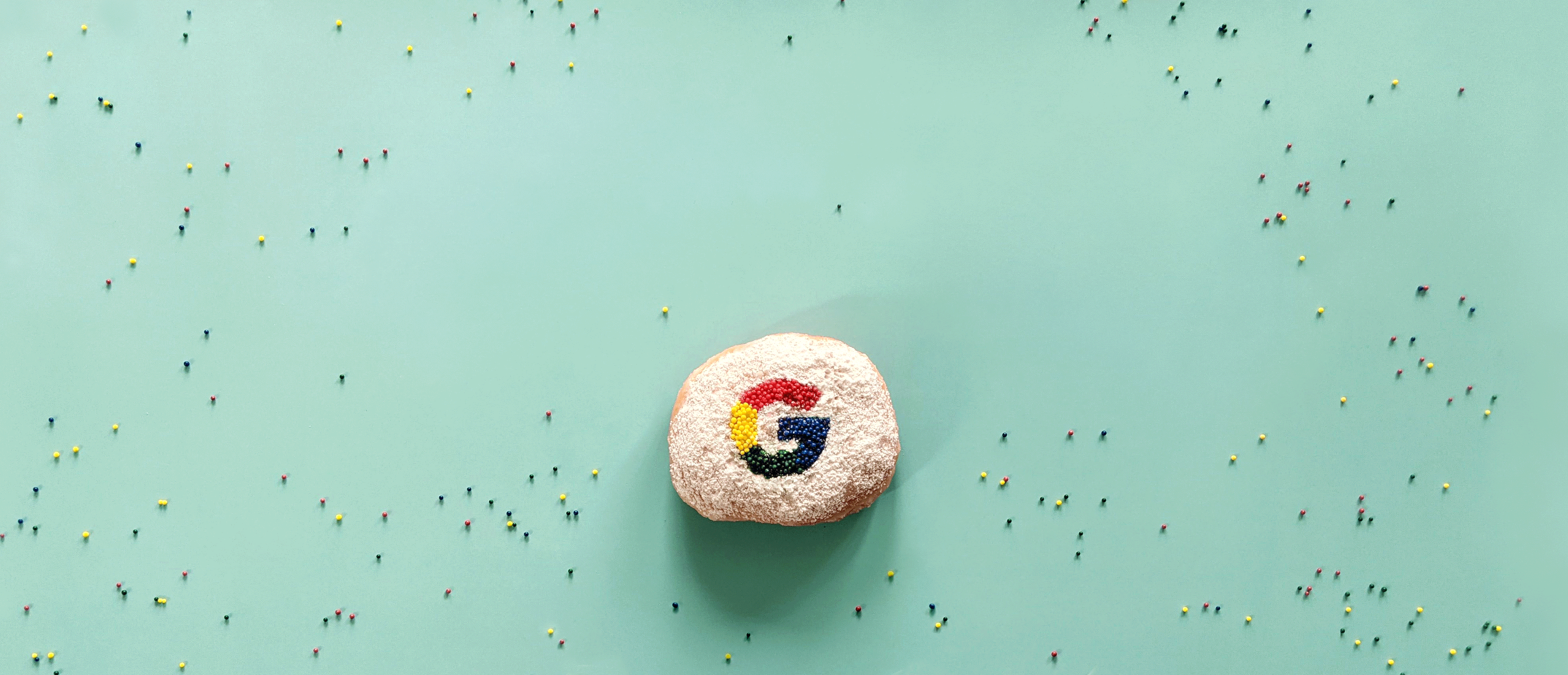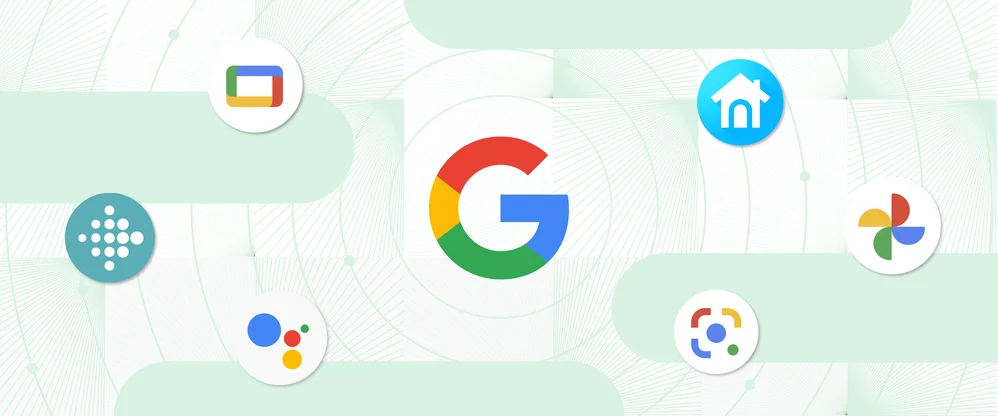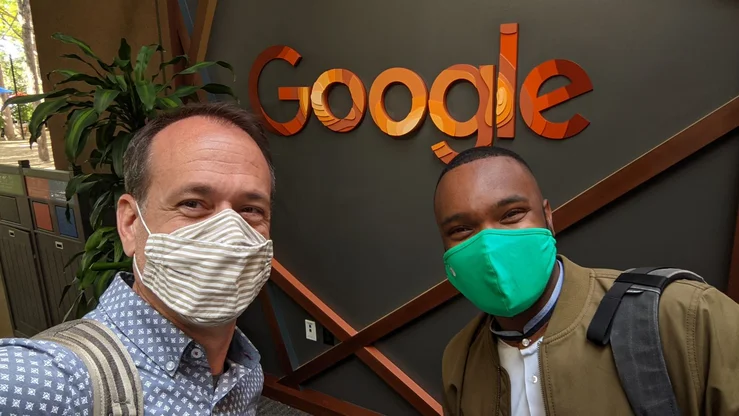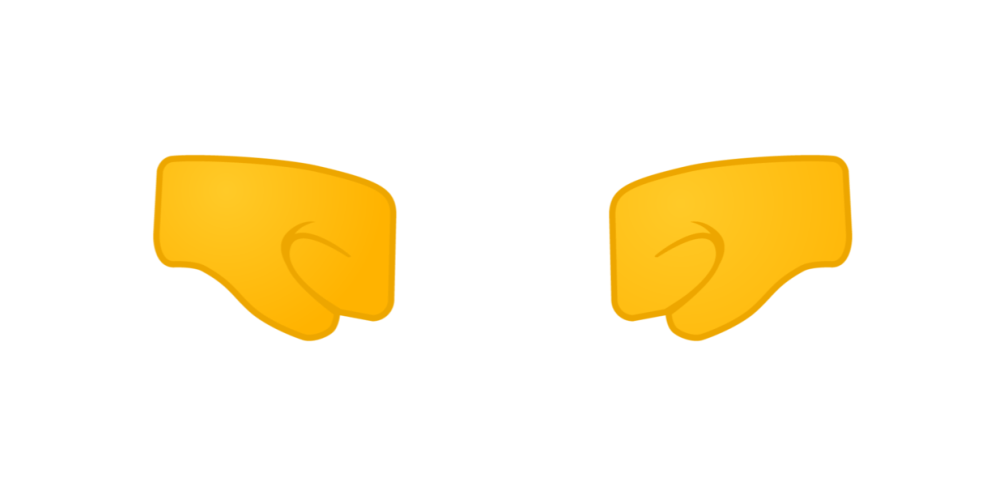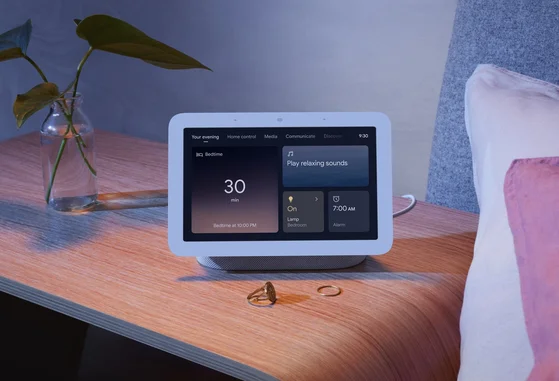Innovation is just an experiment away—go, explore
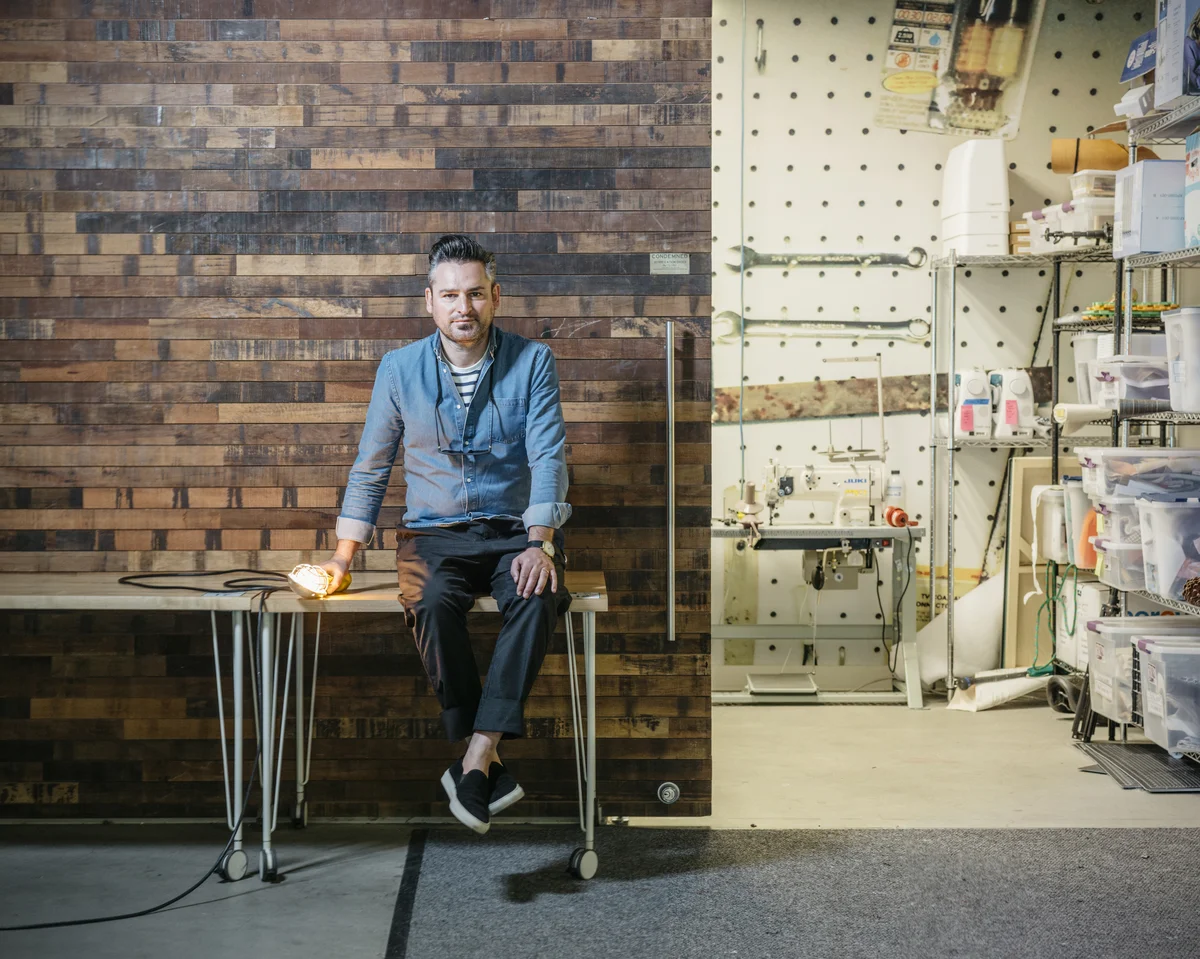
Consider the following equations:
5+3 = 8
4+6 = 10
2+4 = 7
9-3 = 6
If your initial thought was that one of these equations is wrong, you’re not alone. (And, well, you’re not wrong!) Our brains are wired to recognize mistakes. This “negativity bias” evolved for a good reason: To help us survive. However, our built-in aversion to negative outcomes can be an issue when we try to come up with new ideas—stifling our capacity for innovation.
Everyone is capable of dreaming up great ideas and creativity exists in all of us. But capturing our innate creativity or innovation requires training our minds to think and act in new ways despite our unconscious avoidance of negative outcomes. The people who have overcome this innate habit tend to be the ones who have acted against all odds and changed the world. Think of Henry Ford who perfected the assembly line to be what it is today, Elon Musk who is launching and landing rockets and accelerating the transition to clean energy, and even Google founder Larry Page, with his mission to organize all of the world’s information.
At Google, my job is to work with a talented community of “Innovation Evangelists” to build a culture where people can pursue innovative ideas despite the perceived risks. We’ve found that when people explore new possibilities and experiment with ideas their negativity bias shrinks and new ideas flourish.
Exploring new possibilities starts with a question, not an answer
Most people think that innovation starts out with a great idea, but the truth is that it starts with a great question—a problem to solve. What if cars could fly? What if we didn’t produce any waste? What if our clothes could make us invisible?
Kids are the perfect role model for asking questions without limits. Spending time with my kids probably won’t help me to find all the answers to their questions, but it gives me a glimpse into a limitless future and what it means to have “a healthy disregard for the impossible.” Undaunted by practical constraints, children let their imaginations run wild and dare to wonder: “What if?”
True visionaries never grow out of this mindset. At the risk of sounding childlike, they ask audacious questions that challenge the status quo and inspire transformative ideas. And eventually, through innovative breakthroughs and spectacular stumbles, the formerly unimaginable becomes possible.
Shift your perspective to activate this “explorer mindset.” Let’s say you want to build an app for dog walkers and you’ve started with a list of basic features like a route planner and bark analyzer. Good to go, right? Not according to one of Google’s core tenets: “Focus on the user and all else will follow.”
Great solutions start with exploring how your users experience the world and developing empathy for their needs. So before you start designing, you need to explore other perspectives. Maybe ask a local dog walker if you can tag along for a couple of days to literally “walk in their shoes.”
Allow for experimentation
After exploring what’s possible, it’s time to tap into your experimentation mindset. Experimentation harkens back to that old Silicon Valley mantra: “Fail fast.” But it’s not about failure—it’s about learning from failure. Failing, you quickly find out what works and what doesn’t work so you can build the way toward a solution.
In the case of the dog walking app, put it into the hands of users and solicit their feedback. This allows you to test out ideas and get real data about whether or not it makes sense to move the idea forward, kill it or tweak it. Some ideas will work and some will fail, but regardless, this prototype-driven approach maximizes your rate of learning.
Even your career path can be a row of experiments. I took a prototype-driven approach to my professional life, trying various roles and learning what’s right and what’s wrong for me. From teaching kids in Shanghai and being a visiting scholar at Columbia University and Stanford University to having my own startup and being a business consultant for two weeks. Through these career experiments, I learned what my passions are and what drives me, much faster than if I hadn’t experimented with different roles.
Experimentation can be hard; our brains want to save energy, so we pursue the ideas and solutions that we know worked in the past and shy away from trying something new. That’s why at Google we work to establish an environment where people and teams feel safe enough to take risks and experiment with new things. This means encouraging teams and leaders to push the boundaries and be vulnerable with each other. When that happens you can better evaluate ideas, truly understand your users and identify your strengths as a leader or team.
Creativity is part of what makes us human. Capturing that creativity requires us to be open to both possibilities and risks—despite the caveat that our brains tend to focus on the negative. It may not always be easy to rewire the way our minds work, but the more we practice these mindsets, the sooner we can start to view roadblocks as opportunities to come up with the next big idea.
If you’re interested in learning more about Google’s tools to help spur innovation, check our latest guides. Now, go explore and experiment!
